Home>Interior Design>Can You Put Silicone In The Oven? The Warnings You Need To Heed
Interior Design
Can You Put Silicone In The Oven? The Warnings You Need To Heed
Modified: December 7, 2023
Learn about silicone usage in ovens to avoid potential risks. Discover important warnings for interior design and oven safety.
(Many of the links in this article redirect to a specific reviewed product. Your purchase of these products through affiliate links helps to generate commission for Storables.com, at no extra cost. Learn more)
Introduction
Welcome to the fascinating world of interior design! In this article, we will explore the intricacies and nuances of this creative field. Interior design is more than just arranging furniture and selecting paint colors – it is a fine art that involves transforming spaces into functional and aesthetically pleasing environments.
Whether you are a homeowner looking to revitalize your living space or an aspiring interior designer seeking inspiration, this article will provide valuable insights and tips to help you navigate the world of interior design. From understanding design principles to incorporating the latest trends, we will cover it all.
The role of an interior designer goes beyond mere decoration. It involves a careful analysis of the available space and the needs of the occupants. An effective interior designer takes into account factors such as layout, lighting, color scheme, and furniture selection to create a harmonious and functional space.
With the right design choices, a room can make a bold statement or create a serene ambiance. From contemporary and minimalist styles to traditional and eclectic designs, there are endless possibilities to explore.
Throughout this article, we will delve into the key design concepts and principles that are the building blocks of successful interior design. We will discuss how to choose the right color palette, create a functional layout, utilize lighting to enhance the space, and select furniture and accessories that align with your style and vision.
Moreover, we will explore the latest trends in interior design, such as sustainable materials, smart home technology, and the use of natural elements to bring the outdoors inside. These trends not only add visual appeal but also contribute to a healthier and more eco-friendly living environment.
Whether you are looking to transform your entire home or focus on a specific room, this article will guide you through the process. We will provide practical advice, design tips, and expert insights to ensure that you make informed decisions and create a space that reflects your personality and meets your functional needs.
So, let’s embark on this exciting journey into the world of interior design, where creativity, style, and functionality converge to create remarkable spaces that inspire and delight.
Key Takeaways:
- Embrace the versatility of silicone in interior design and baking, but prioritize safety by choosing high-quality products and following manufacturer guidelines for a seamless and enjoyable experience.
- Interior design is a captivating art form that allows for creativity and functionality. Utilize silicone in the kitchen and the oven, but be mindful of potential risks and heed manufacturer warnings for safe and satisfying results.
Understanding Silicone
Silicone is a versatile material that has become increasingly popular in the world of interior design. From kitchen utensils to bathroom fixtures, silicone is used in a wide range of products due to its unique properties and benefits.
Silicone is a synthetic compound made up of silicon, oxygen, carbon, and hydrogen atoms. It is known for its flexibility, durability, and heat resistance, making it an ideal choice for various applications. In the context of interior design, silicone is most commonly used in the form of sealants, adhesives, and moldable objects.
One of the main advantages of silicone is its ability to withstand high temperatures. Unlike many other materials, silicone can tolerate extreme heat without melting or emitting harmful fumes. This heat resistance makes silicone an excellent choice for kitchenware, as it can be safely used in ovens, microwaves, and even freezers.
In addition to its heat resistance, silicone is also waterproof and resistant to UV radiation, making it suitable for both indoor and outdoor use. It does not absorb water or moisture, preventing the growth of mold and mildew. This property makes silicone especially useful in bathroom and kitchen environments where moisture is prevalent.
Another notable feature of silicone is its flexibility and elasticity. It can be easily molded into different shapes and forms, allowing for the creation of intricate and customized designs. Silicone objects can be bent, stretched, and compressed without permanently deforming their shape, which is particularly useful in products such as silicone molds and furniture accessories.
Furthermore, silicone is a non-toxic material, making it safe for both humans and the environment. It is free from harmful chemicals like phthalates and BPA, which are often found in other plastics. Silicone also has a non-stick surface, which means that it is easy to clean and maintain.
When it comes to interior design, silicone offers a myriad of possibilities. From using silicone sealants for a seamless and watertight finish to incorporating silicone-based furniture accessories for a touch of modernity, there are numerous ways to utilize this versatile material.
Keep in mind, however, that not all silicone products are created equal. It is important to choose high-quality silicone materials from reputable manufacturers to ensure durability and safety. Additionally, it is essential to follow manufacturer guidelines and recommendations when using silicone products to ensure optimal performance and lifespan.
In the next section, we will delve into the topic of cooking with silicone bakeware and answer the crucial question: Can you put silicone in the oven? Read on to find out!
Cooking with Silicone Bakeware
When it comes to baking, silicone bakeware has gained popularity for its convenience and versatility. Silicone molds, baking mats, and oven mitts are just a few examples of the wide range of silicone bakeware available in the market. But what makes silicone bakeware stand out, and is it safe to use?
Silicone bakeware offers several advantages that make it a favorite among bakers. Firstly, its non-stick surface eliminates the need for greasing or flouring pans, making for effortless food release. This feature also means that cleanup is a breeze as the baked goods easily slide out of the silicone molds without leaving behind any residue.
Moreover, silicone bakeware is known for its excellent heat distribution properties. This ensures even cooking and browning, providing consistent results every time. The flexibility of silicone molds also allows for easy removal of delicate items like muffins or cakes, without causing them to break or lose their shape.
Another benefit of silicone bakeware is its durability. Silicone is resistant to cracking, splitting, and warping, making it a long-lasting investment. Unlike traditional baking pans, silicone molds are highly flexible and can be twisted, folded, or compressed without losing their original shape.
One of the most significant advantages of silicone bakeware is its heat resistance. It can withstand high temperatures, typically up to 450°F (230°C) or more, depending on the specific product. This means that silicone bakeware is safe to use in ovens, microwaves, and even freezers. It is important, however, to check the manufacturer’s guidelines for specific heat limits and recommended usage.
Now, you might be wondering if silicone bakeware is entirely safe for cooking. The answer is yes, as long as you choose high-quality silicone products from reputable brands. Look for FDA-approved silicone bakeware, which ensures that the material has undergone rigorous testing and meets the necessary safety standards.
It is important to note that not all silicone products are created equal. Some low-quality silicone bakeware may contain fillers or additives that can affect its performance and safety. Be cautious of extremely low-priced silicone bakeware, as it may indicate inferior quality materials. Opting for trusted brands and reading customer reviews can help ensure you are purchasing reliable silicone bakeware.
As with any baking equipment, it is crucial to follow the manufacturer’s instructions for proper usage and maintenance. Generally, silicone bakeware should be cleaned with warm water and mild soap before the first use and after every subsequent use. Avoid using sharp utensils or knives directly on the silicone surface to prevent damage.
In summary, cooking with silicone bakeware offers numerous benefits, including non-stick properties, even heat distribution, durability, and heat resistance. When purchasing silicone bakeware, prioritize quality and safety by choosing FDA-approved products from reputable brands. By taking proper care of your silicone bakeware, you can enjoy its convenience and versatility for many baking adventures to come.
Can You Put Silicone in the Oven?
One of the most common questions when it comes to silicone is whether it is safe to put in the oven. The short answer? Yes, you can! Silicone is heat-resistant and can withstand high temperatures, making it a reliable material for oven use.
Unlike many other materials, silicone does not melt or emit harmful fumes when exposed to high heat. It remains stable and retains its shape even at oven temperatures. This makes it an excellent choice for various cooking and baking applications.
When using silicone in the oven, it is essential to follow the manufacturer’s guidelines to ensure safe usage. Each silicone product may have a recommended temperature range, so it’s crucial to check the packaging or product specifications for specific details.
Most silicone bakeware and oven-safe silicone molds are designed to withstand temperatures up to 450°F (230°C) or higher. This means that you can confidently use silicone muffin pans, cake molds, baking mats, and other silicone bakeware in your oven without any concerns.
However, it is important to note that not all silicone products are suitable for oven use. Some silicone materials, such as those used for making silicone spatulas or utensils, may have a lower heat resistance and are not intended for oven use. Always check the product labeling or consult the manufacturer if you are unsure about the specific product’s suitability for oven baking.
In addition to the temperature range, it’s important to consider the time of exposure in the oven. While silicone can handle high heat, prolonged exposure to extreme temperatures may affect its performance and longevity. Avoid leaving silicone bakeware in a hot oven for an extended period, as this could potentially degrade the material over time.
Another factor to be aware of is sudden temperature changes. While silicone can handle heat, it is not recommended to place a cold silicone item directly into a hot oven or transfer a hot silicone item directly to a cold surface. Extreme temperature changes can cause thermal shock and potentially damage the silicone. It is advisable to let silicone bakeware cool naturally before washing or placing it in the refrigerator.
Overall, silicone is a versatile and safe material to use in the oven. Its heat resistance, non-stick properties, and durability make it a popular choice for baking enthusiasts. Whether you’re making cookies, muffins, or roasting vegetables, silicone bakeware can be your reliable companion in the kitchen.
However, always exercise caution and follow the manufacturer’s instructions when using silicone in the oven. By doing so, you can ensure a seamless baking experience with exceptional results.
Yes, you can put silicone in the oven, but be sure to check the manufacturer’s guidelines for temperature limits. Avoid using silicone molds or bakeware at temperatures higher than 500°F (260°C) to prevent damage.
The Warnings You Need to Heed
While silicone is generally safe to use in the oven, there are a few important warnings and precautions to keep in mind to ensure optimal usage and safety.
Firstly, be cautious of using sharp objects on silicone surfaces. While silicone is durable, it can be prone to scratches and cuts if subjected to sharp utensils or knives. It is recommended to use silicone or wooden utensils when stirring or cutting ingredients in silicone bakeware to avoid damaging the surface.
It is also essential to remember that silicone can retain heat for a while after being in the oven. Always use oven mitts or heat-resistant gloves when handling hot silicone bakeware to prevent burns or injuries. Give the silicone adequate time to cool down before attempting to remove or touch it directly.
When placing silicone bakeware in the oven, make sure it is properly supported and stable on a flat baking tray or rack. Avoid over-filling silicone molds to prevent spills or uneven cooking. It is advisable to place silicone molds on a sturdy baking sheet before placing in the oven for added support and stability.
Furthermore, silicone is not flame-resistant, and direct contact with open flames or heating elements can cause damage or melting. Avoid using silicone bakeware directly on stovetop burners, broilers, or grills. Always position silicone items in the oven away from direct flames or heating elements to prevent any potential accidents.
It is worth noting that silicone bakeware may sometimes have a slight odor during initial use. This is normal and typically dissipates over time. To minimize any lingering smells, it is wise to wash new silicone bakeware with warm, soapy water before the first use, and allow it to air dry thoroughly.
Lastly, it is essential to regularly inspect your silicone bakeware for signs of wear and tear. While silicone is known for its durability, it can degrade over time with continued use. Look for any cracks, tears, or changes in texture that may compromise its performance. If you notice any damage or deterioration, it is advisable to replace the silicone bakeware to ensure safety and optimal baking results.
By heeding these warnings and taking necessary precautions, you can enjoy all the benefits that silicone bakeware has to offer while maintaining a safe and enjoyable baking experience.
Read more: Why Can’t You Put Metal In A Microwave Oven
Potential Risks of Putting Silicone in the Oven
While silicone is generally safe for oven use, there are a few potential risks that should be considered and addressed to ensure safe baking practices.
One of the primary risks associated with silicone in the oven is the release of volatile organic compounds (VOCs). When heated at extremely high temperatures, some lower quality silicone products may emit a faint odor or release small amounts of VOCs into the air. Although these emissions are typically harmless, it is essential to use high-quality silicone bakeware from reputable brands to minimize any potential risks.
Another risk is the potential for silicone to degrade and break down over time with repeated exposure to high temperatures. While silicone is durable, extended use at very high temperatures can cause the material to weaken, become brittle, or develop cracks. This deterioration may affect the performance of the silicone bakeware and could potentially lead to safety hazards. It is advisable to periodically inspect and replace any silicone bakeware that shows signs of wear and tear.
Additionally, it is important to note that silicone bakeware may not provide the same browning or crisping effect as traditional metal pans. While silicone can distribute heat evenly, it may not produce the desired level of browning on baked goods. This is something to consider for those who prefer a more golden or caramelized appearance on their baked creations.
It is also crucial to exercise caution when removing hot silicone bakeware from the oven. As silicone retains heat, it can remain hot for a longer period of time compared to other materials. Using oven mitts or heat-resistant gloves is strongly recommended to avoid burns or injuries. Allow the silicone bakeware to cool down sufficiently before attempting to handle or remove it from the oven.
Lastly, it is worth mentioning that while silicone is generally regarded as a safe material for food contact, there is ongoing debate and research regarding the potential migration of certain compounds from silicone into food. While the migration is typically minimal and within regulatory limits, individuals with specific sensitivities or health concerns may prefer to opt for alternative bakeware options.
To mitigate these potential risks and ensure safe oven use with silicone bakeware:
- Choose high-quality silicone bakeware from reputable brands
- Avoid exposing silicone to extremely high temperatures for prolonged periods
- Regularly inspect and replace any silicone bakeware showing signs of wear and tear
- Use oven mitts or heat-resistant gloves when handling hot silicone bakeware
- Consider personal preferences and health concerns when choosing bakeware materials
By being aware of these potential risks and taking necessary precautions, you can enjoy the benefits of using silicone bakeware in the oven while ensuring a safe and enjoyable baking experience.
Tips for Using Silicone in the Oven
Using silicone bakeware in the oven can be a convenient and efficient way to achieve excellent baking results. To make the most out of your silicone bakeware and ensure a successful baking experience, consider the following tips:
- Choose high-quality silicone bakeware: Opt for silicone products from reputable brands that are FDA-approved and meet safety standards. This ensures that you are using reliable and durable silicone bakeware.
- Follow manufacturer guidelines: Read and follow the instructions provided by the manufacturer for the specific silicone bakeware you are using. Pay attention to temperature limits, recommended usage, and cleaning instructions.
- Preheat the oven and adjust baking time: Since silicone bakeware can heat up quickly, it may be necessary to adjust the baking time slightly. Preheating the oven as instructed by the recipe can help ensure even baking.
- Support the silicone bakeware: Place silicone molds and pans on a sturdy baking sheet or rack for added stability and to facilitate easy removal from the oven. This also helps prevent bending or spilling of the batter.
- Avoid direct contact with open flames: Keep silicone bakeware away from direct contact with stovetop burners or heating elements to avoid melting or damage. Position the bakeware in the oven so that it is not directly exposed to flames.
- Allow for proper cooling: After baking, allow the silicone bakeware to cool down naturally before handling or attempting to remove the baked goods. Handling hot silicone can lead to burns or injuries.
- Clean and store properly: Clean silicone bakeware with warm, soapy water and a soft sponge or brush. Avoid using abrasive cleaners or harsh scrubbing tools that may damage the silicone surface. Ensure that the bakeware is completely dry before storing to prevent moisture buildup.
- Experiment with recipes: Silicone bakeware offers versatility and flexibility. Explore new recipes and experiment with different shapes and sizes of silicone molds to create unique and visually appealing baked goods.
- Monitor baking progress: Keep an eye on your baked goods as they cook to ensure they are not overbaked or underbaked. Adjust the baking time as needed and rely on visual cues like color and texture to determine doneness.
- Store and transport with care: When storing silicone bakeware, stack them carefully to prevent deformation. Avoid placing heavy objects on top or squeezing them in tight spaces. If you need to transport baked goods in silicone pans, make sure they are well-supported to prevent spills.
By following these tips, you can make the most out of your silicone bakeware and enjoy the convenience and versatility it offers in the oven. Whether you are baking muffins, cakes, or bread, silicone bakeware can be your reliable companion in the kitchen.
Conclusion
Interior design is a captivating field that allows us to transform living spaces into functional and visually appealing environments. Understanding the principles of design, incorporating the latest trends, and utilizing materials like silicone can elevate our homes to new heights.
Through this article, we have explored the world of interior design, uncovering the versatility and benefits of silicone in both the kitchen and the oven. From its heat resistance and durability to its non-stick properties and flexibility, silicone has shown its value as a material in the realm of interior design.
We have learned that silicone bakeware is a convenient and versatile option for baking enthusiasts, providing a non-stick surface, even heat distribution, and easy cleaning. With proper care and following the manufacturer’s guidelines, silicone bakeware can be a reliable kitchen companion for creating delicious treats.
However, it is essential to heed the warnings and be aware of the potential risks associated with silicone in the oven. Understanding the limitations, the need for proper handling, and occasional inspection of wear and tear can help ensure safe and enjoyable baking experiences.
Ultimately, interior design is an art form that allows us to express our individuality and create spaces that reflect our personalities and meet our functional needs. By incorporating the right design elements, understanding the latest trends, and utilizing materials like silicone in appropriate ways, we can transform our living spaces into remarkable environments that inspire and delight.
So, whether you are a homeowner looking to refresh your space or an aspiring interior designer seeking inspiration, embrace the world of interior design with enthusiasm and creativity. From the selection of colors and furniture to the materials used in the kitchen, every choice matters in creating a harmonious and stylish home.
Remember to choose high-quality silicone products, follow manufacturer guidelines, and prioritize safety when using silicone in the oven. By doing so, you can harness the benefits of this versatile material and enjoy the convenience it brings to your baking endeavors.
So go ahead and let your imagination run wild. Explore the limitless possibilities of interior design, experiment with silicone bakeware in your kitchen, and discover the joy of creating beautiful and functional spaces that enhance your lifestyle.
Frequently Asked Questions about Can You Put Silicone In The Oven? The Warnings You Need To Heed
Was this page helpful?
At Storables.com, we guarantee accurate and reliable information. Our content, validated by Expert Board Contributors, is crafted following stringent Editorial Policies. We're committed to providing you with well-researched, expert-backed insights for all your informational needs.
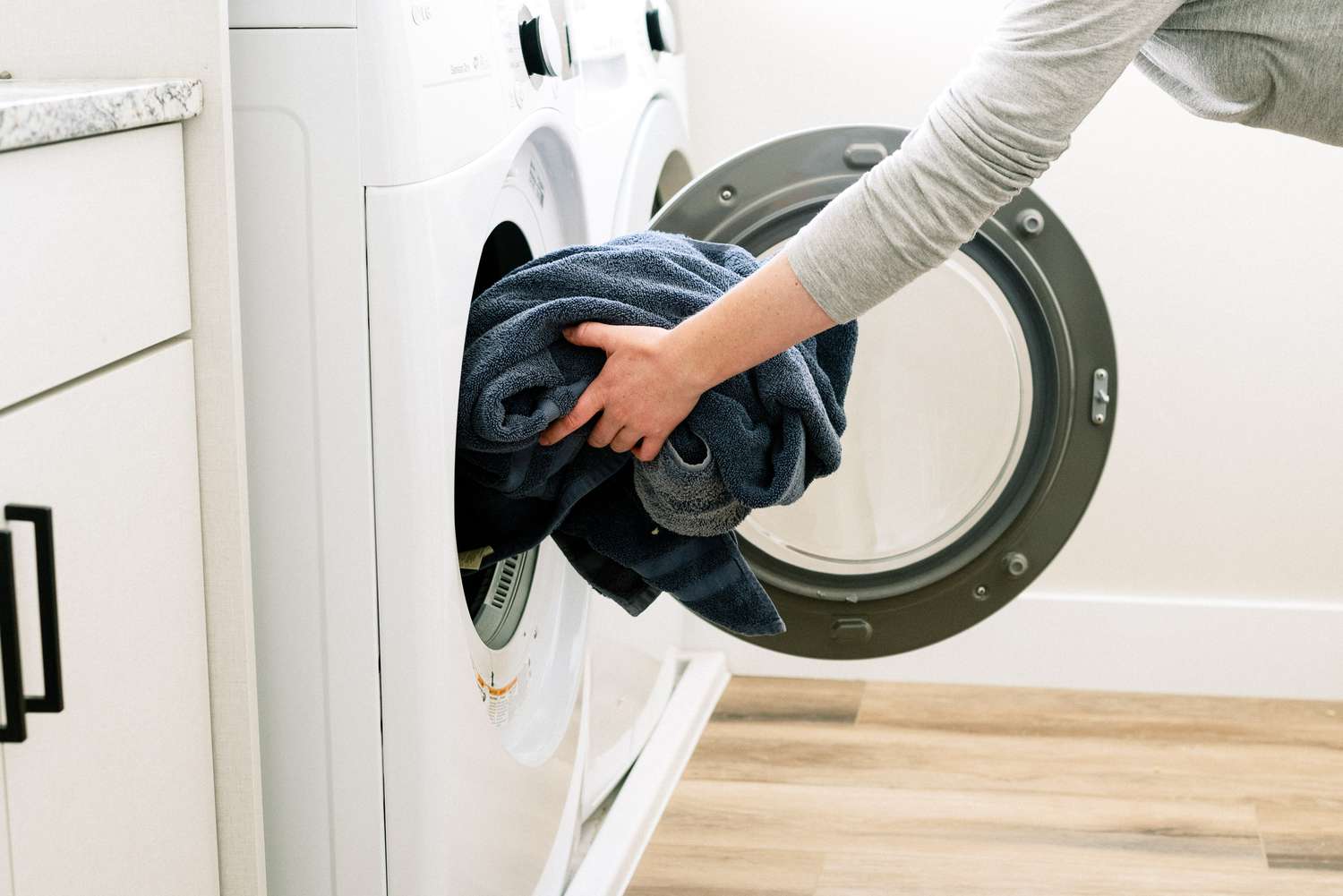


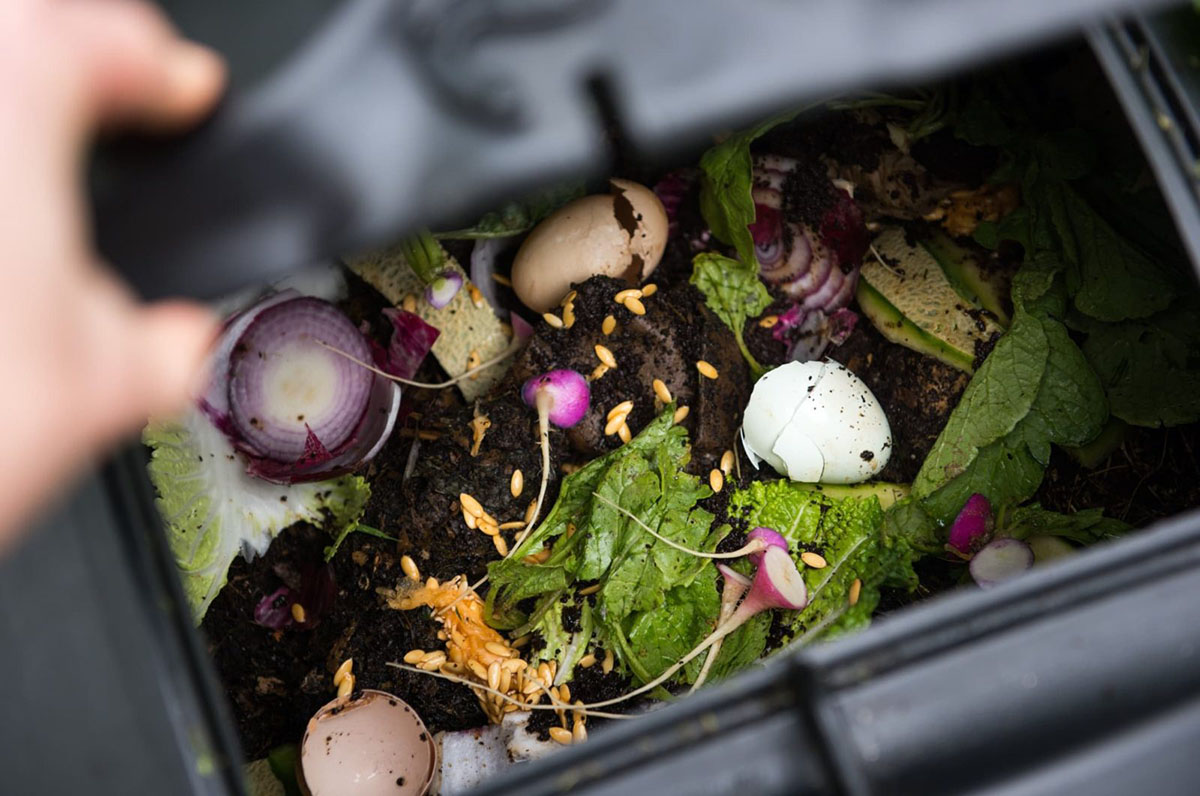
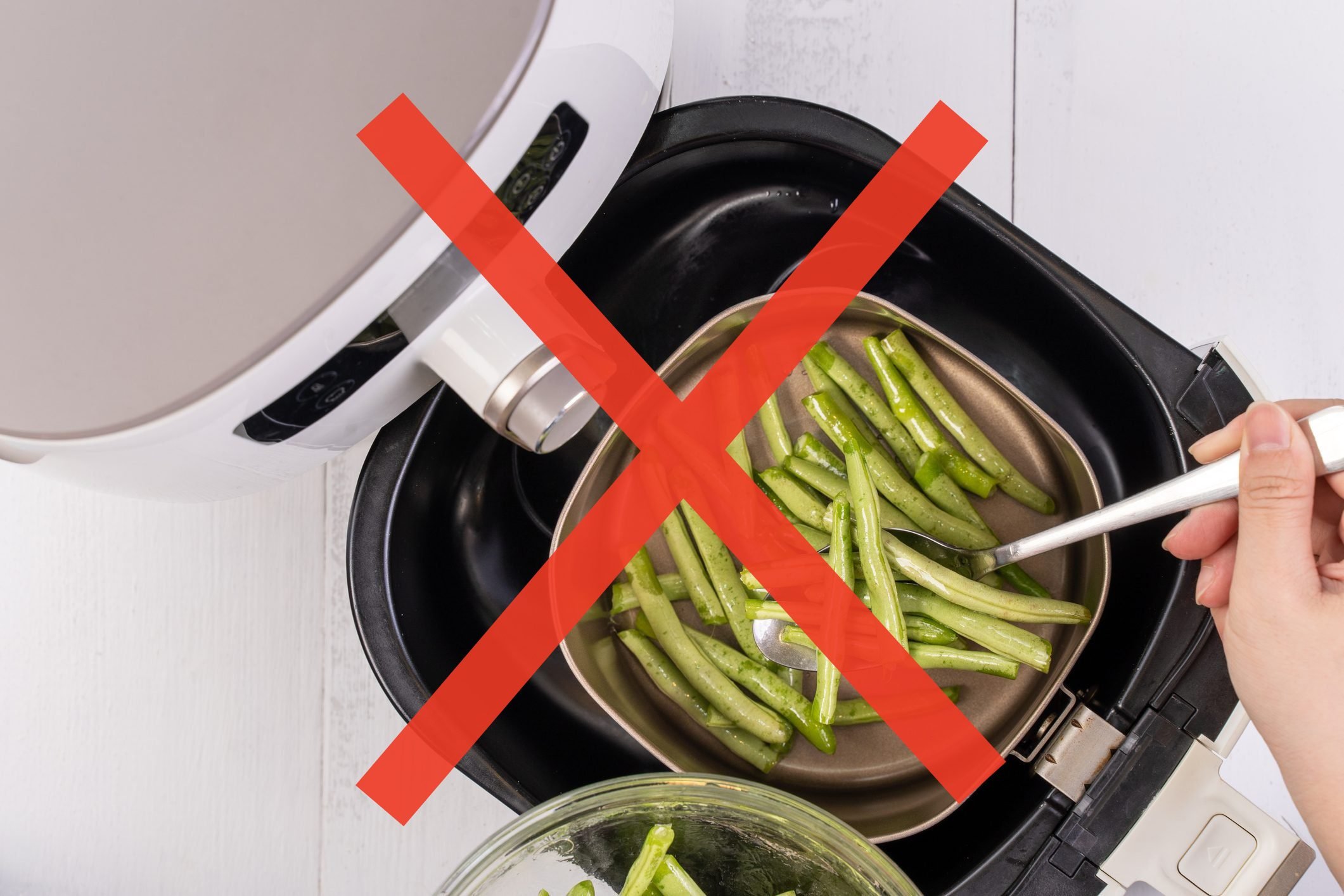
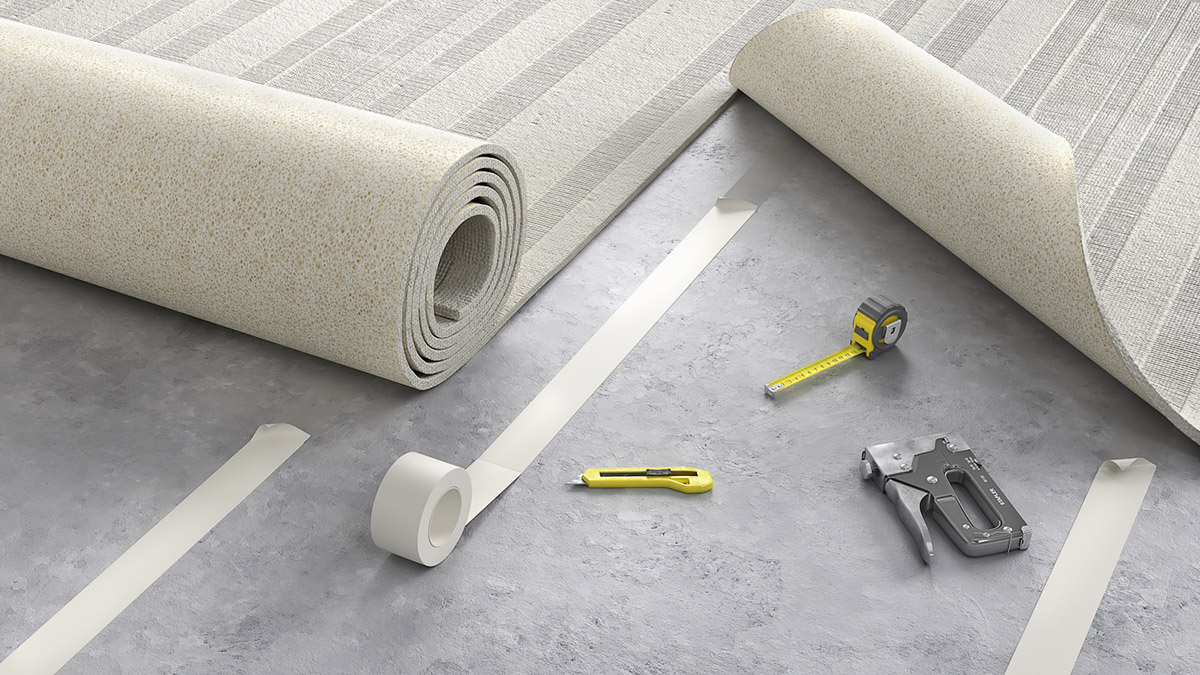
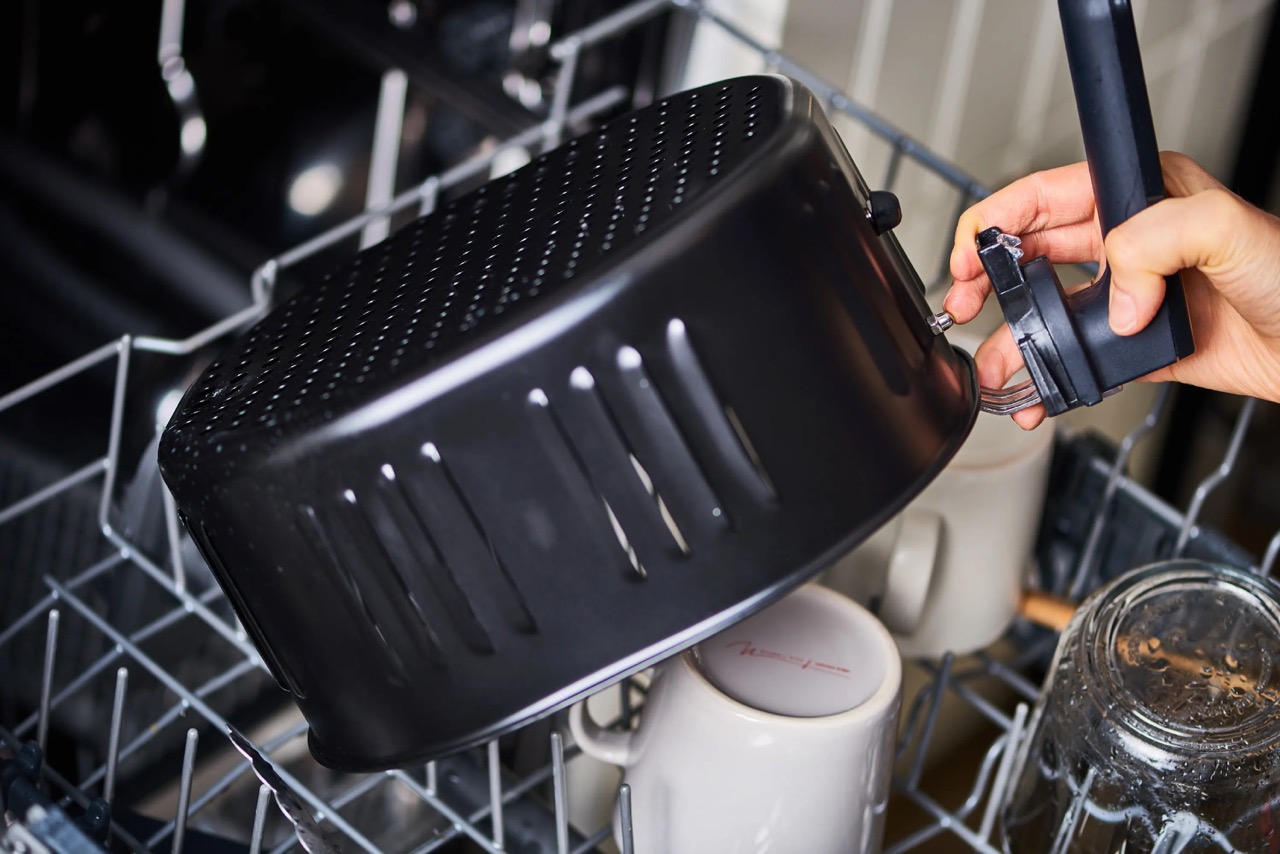

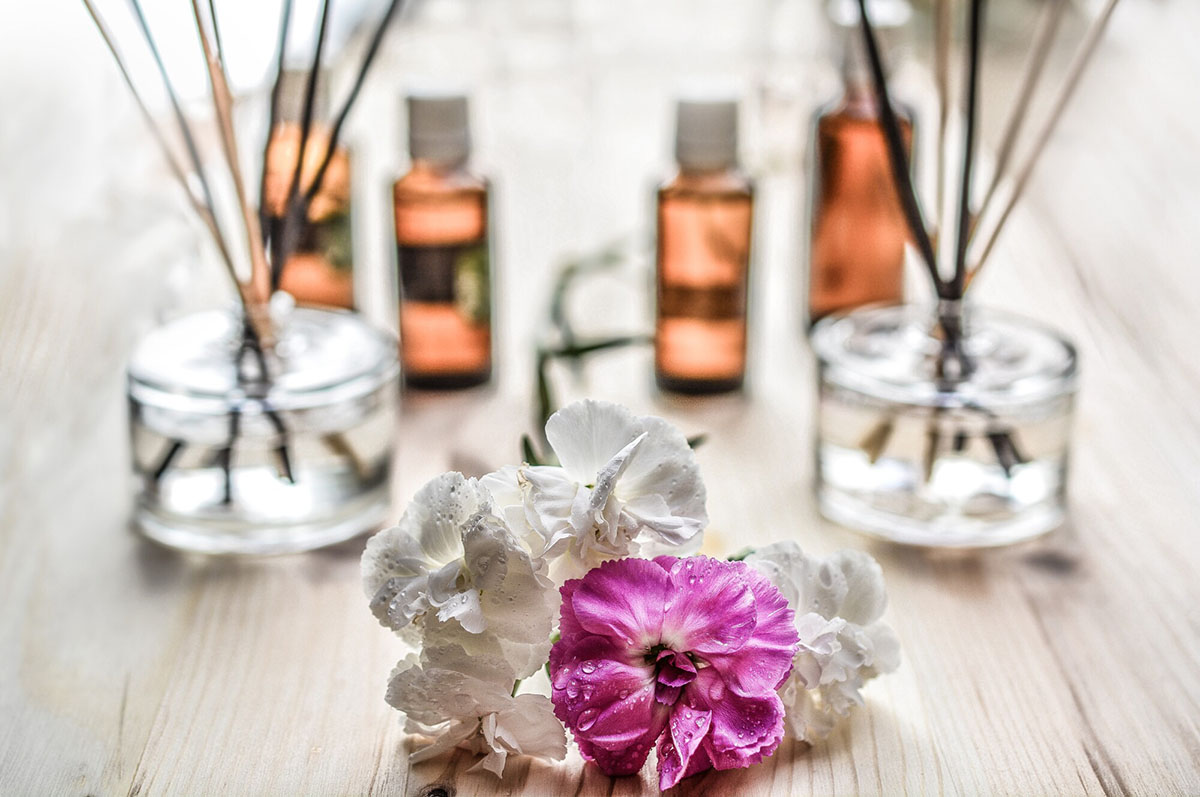
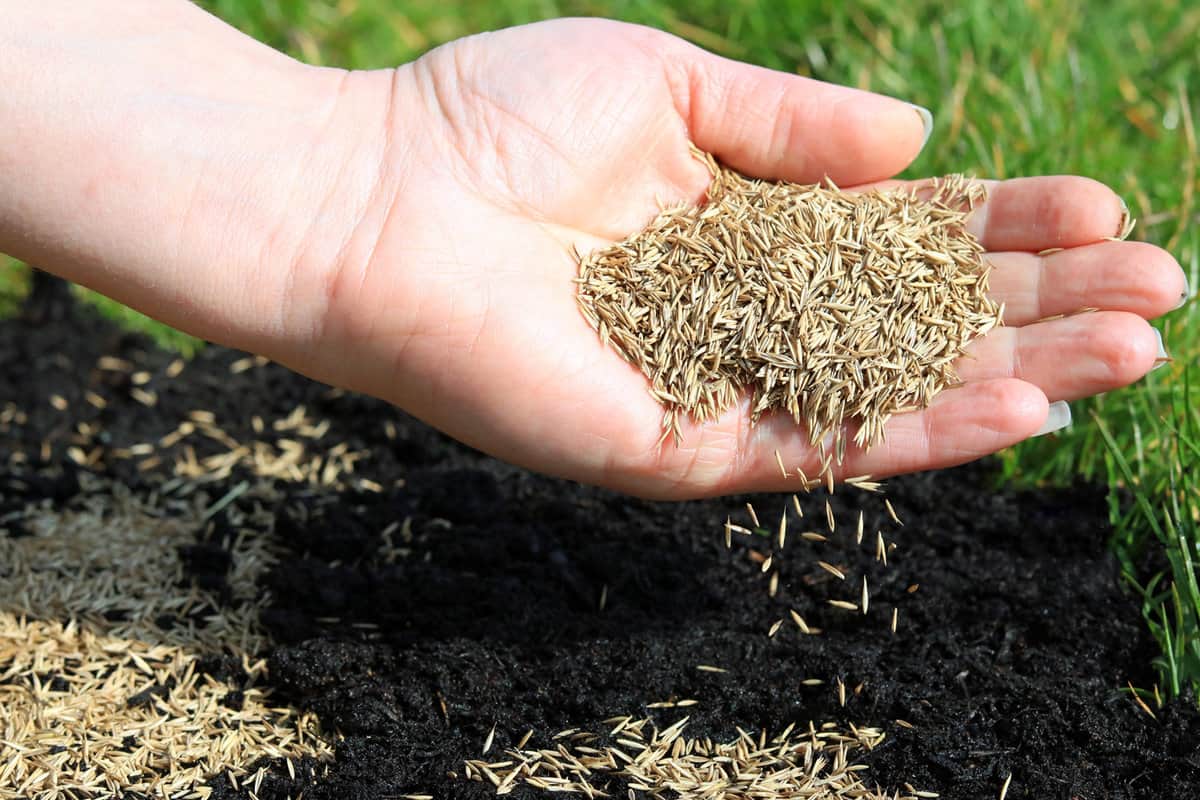
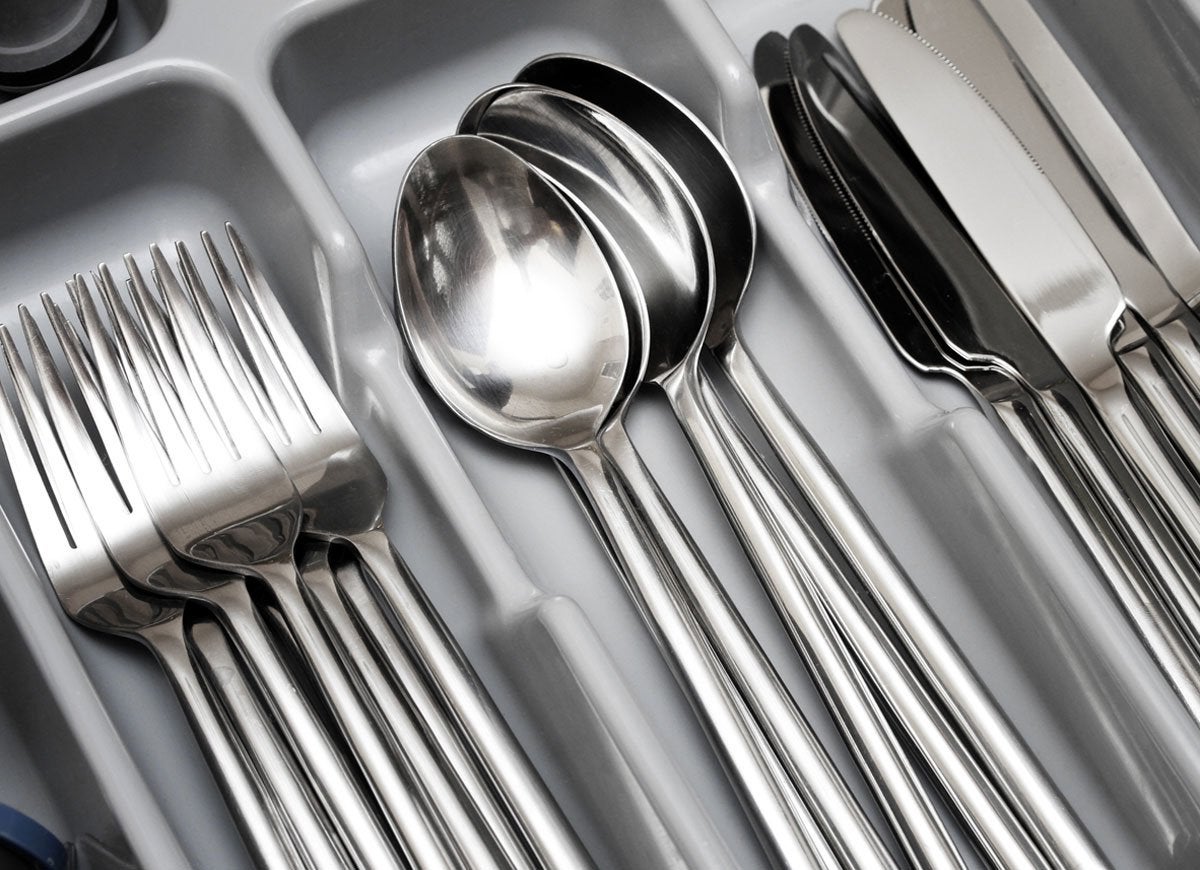
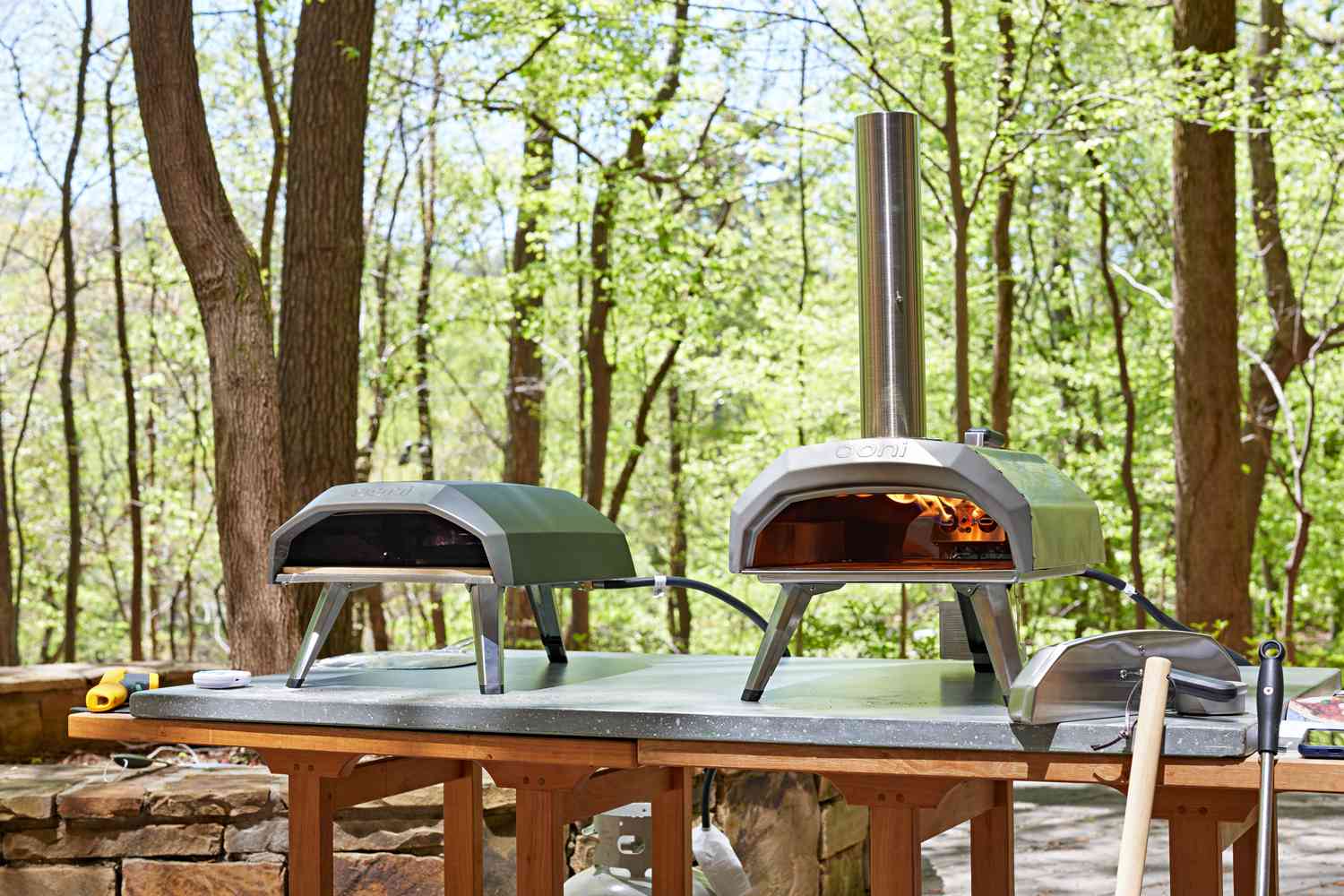
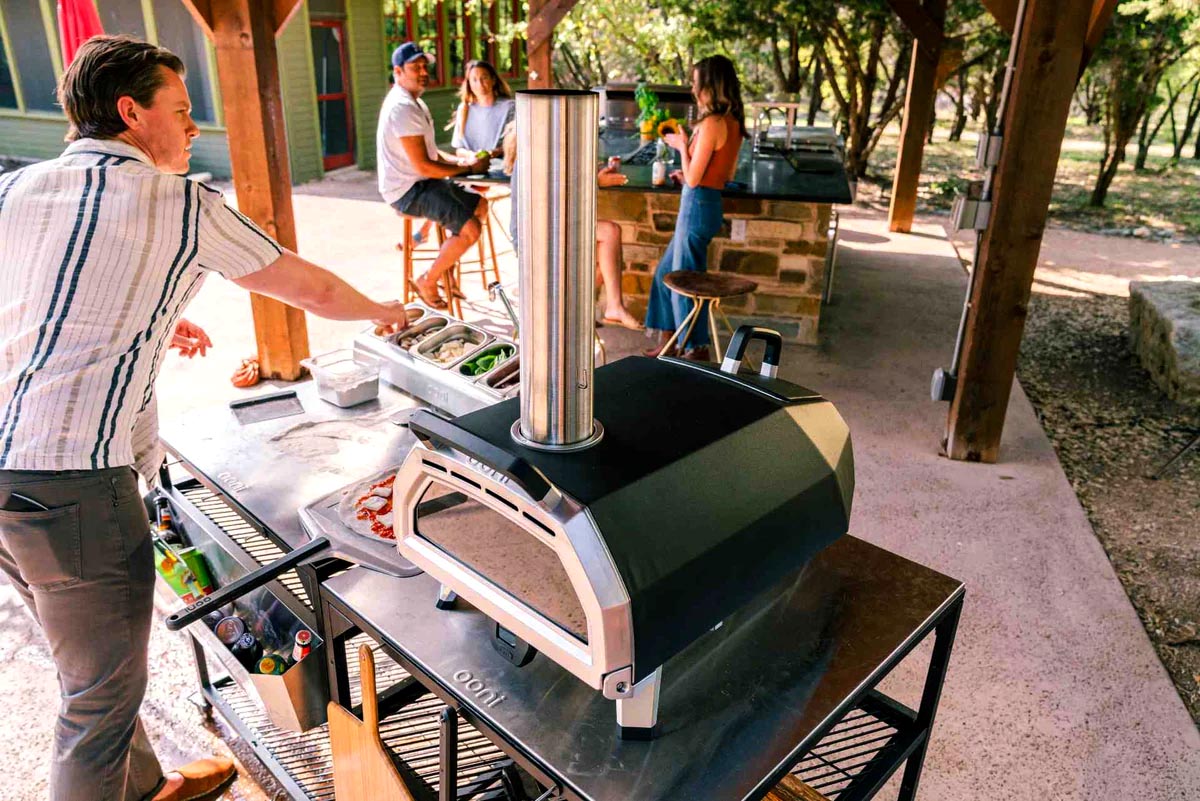
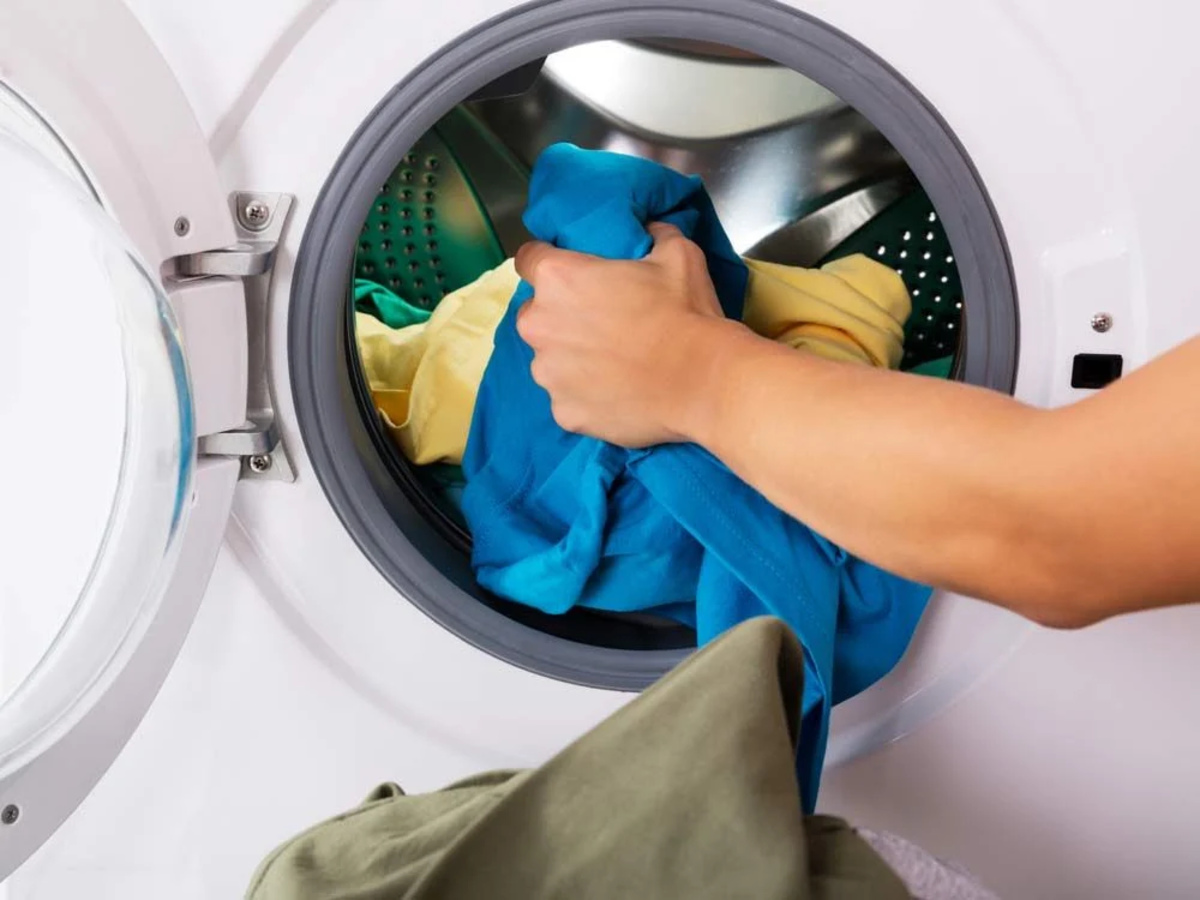

0 thoughts on “Can You Put Silicone In The Oven? The Warnings You Need To Heed”